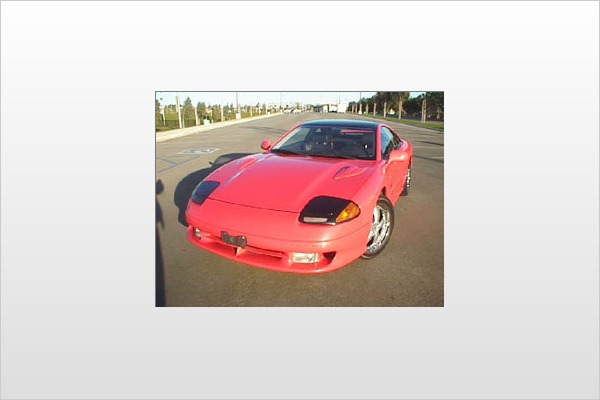
What is a turbocharger and how does it differ from a supercharger? As you may or may not know, a supercharger is simply a glorified air compressor that forces an extremely dense air/fuel mixture into the combustion chamber, thus producing a more powerful explosion. The horsepower figures of a supercharged (or "blown") engine are typically 30- to 50-percent higher than an identical engine without a supercharger. A turbocharger is similar in many respects, but it is still very different from a supercharger.
Exhaustive Power
The above definition of a supercharger ("a glorified air compressor that forces an extremely dense air/fuel mixture into the combustion chamber") can accurately be applied to the definition of a turbocharger, too. In fact, with the exception of what powers each device, a turbocharger and supercharger are nearly identical in operation. Both use the concept of forced, or charged, air to increase engine performance.
In a supercharger, a belt connected directly to the engine's crankshaft drives the supercharger's impellers. The spinning action of these impellers compresses the intake air and creates boost. In a turbocharged engine, impellers also act on the intake charge to create boost, but the impellers are driven by gasses flowing through the exhaust header. Since the amount of boost created by a turbo depends on exhaust flow, turbocharged engines make considerably less boost at low rpm than they do at higher rpm. This lack of low-end boost in turbocharged engines is often referred to as "turbo lag" because it takes time for the turbo to build boost and create horsepower. Supercharged engines do not suffer from "lag" because, as long as the engine is running, the supercharger is spinning and creating boost.
Hot Stuff
Another important component of turbocharged engines is the intercooler, which is a heat exchange unit similar to a radiator. While a radiator controls the temperature of liquid coolant flowing through an engine, the intercooler controls the temperature of air flowing though the intake system. This is important because the intake charge coming from a turbo is extremely hot. The high temperature is a result of the air being charged, or compressed, by the turbo, and the fact that the turbo itself is located on the exhaust manifold, one of the hottest parts of an engine. Since heat causes the expansion of air molecules, it doesn't make sense to use a turbo to create a denser air charge if the subsequent heat it creates causes the charge to expand and thin out. The intercooler solves this dilemma by cooling the charged air just before it enters the combustion chamber.
Waste Not, Want Not
Because a turbocharged engine's horsepower is based on exhaust-gas flow, it can be defined as a positive feedback system. This means that as engine speed increases, exhaust-gas flow increases, which increases the speed of the turbocharger and the boost the turbo creates. More boost means higher engine speeds, which means even more exhaust-gas flow and even higher turbo speeds followed by ever-increasing boost and, and...BOOM! OK, that's not quite how it works, but it would work like that if a valve called a wastegate didn't release excess exhaust gas. The wastegate ensures that a turbocharged engine won't build up too much boost and self-destruct at higher rpm.
Turbos Today
If you remember the performance cars of the late '80s and early '90s, you may remember that many of them were turbocharged. Toyota Supras, 300ZXs, Mazda RX-7s, Dodge Stealths and even Mustang SVOs all had turbos (or "hairdryers" as they are sometimes called) under their hoods to increase performance. All of those cars are gone now, but the turbocharger lives on in Audis, Saabs, Mitsubishis, Volkswagens and Volvos. If you've driven any of these vehicles, you know that a turbo can do wonders for small-engine performance, allowing something like a Passat Wagon with a diminutive 2.0-liter engine to behave more like a sports car than a grocery-getter. With modern technology allowing even turbocharged cars to pass today's stringent emissions requirements, you can count on seeing more turbos under the hoods of future cars.